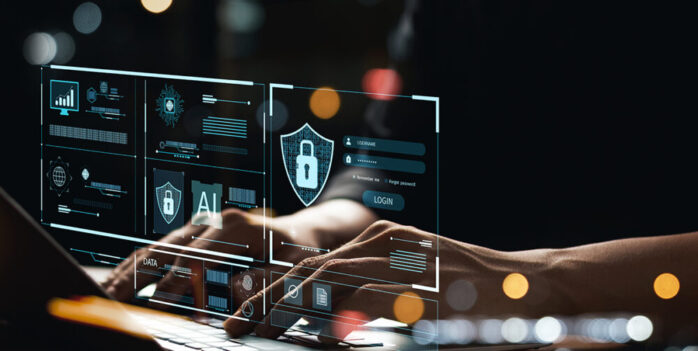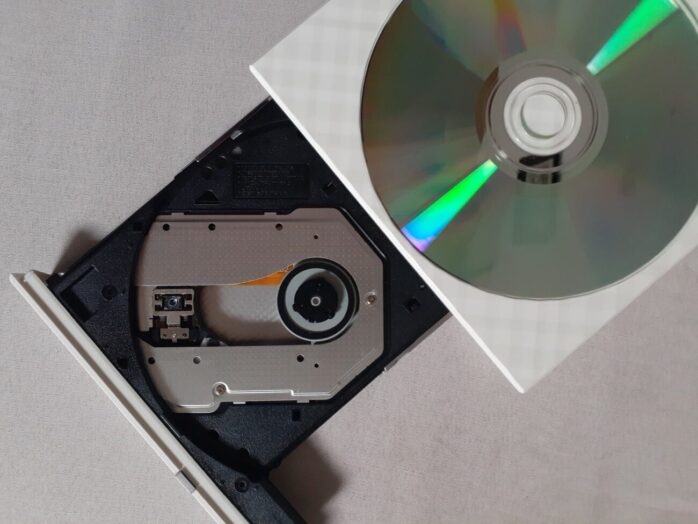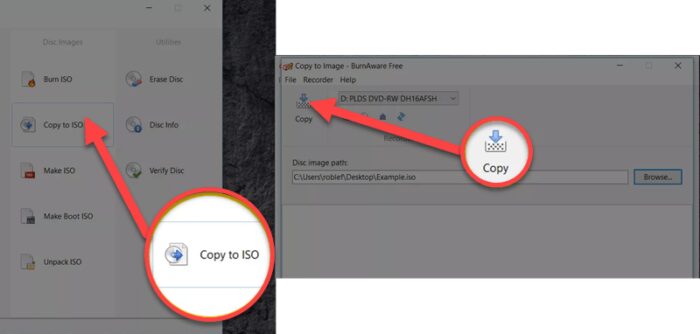In the digital age, forensic computer analysts have become the unsung heroes in the fight against cybercrime. They’re the tech-savvy detectives who dive deep into the digital underworld, uncovering critical evidence that can make or break a case.
These analysts possess a unique blend of IT skills and legal knowledge, enabling them to track down digital footprints left by cybercriminals. Whether it’s recovering lost data or testifying in court, they play a pivotal role in ensuring justice in the increasingly complex cyber landscape.
As cyber threats evolve, so does the field of computer forensics. Staying ahead of the curve is crucial, and forensic computer analysts are at the forefront, constantly updating their arsenal of tools and techniques to combat the latest in cyber malfeasance.
The Role of a Forensic Computer Analyst

Forensic computer analysts serve as the digital detectives of the cyber world. Their primary role is to uncover and analyze electronic data related to criminal activities. They delve into hard drives, networks, and hardware to retrieve information that may be crucial for solving cybercrimes.
Due to the nature of the data involved, they’re often called upon to preserve digital evidence in a manner that upholds its integrity for legal scrutiny. This evidence might include:
- Deleted files
- Encrypted messages
- Activity logs
- Email correspondences
Data recovery and analysis are among their top skills, allowing them to reconstruct damaged or erased data. They’re adept at using specialized software to detect hidden or obscured information which may indicate malicious activity.
In partnership with law enforcement, forensic computer analysts work tirelessly to identify suspects through their online activities. They are crucial in tracking down IP addresses, piecing together digital interactions, and linking virtual personas to real-world individuals.
Expert testimony in court cases is another critical aspect of their work, translating complex technical findings into understandable language for judges and juries. Their expertise can often be the linchpin in securing a conviction, making their role indispensable in the judicial process.
As cybercriminals grow more sophisticated, forensic computer analysts continuously adapt, honing their methods to meet ever-evolving challenges. Their contribution to cybercrime investigations is invaluable, offering the technical prowess needed to navigate the complexities of the digital age.
Skills Required for Forensic Computer Analysis
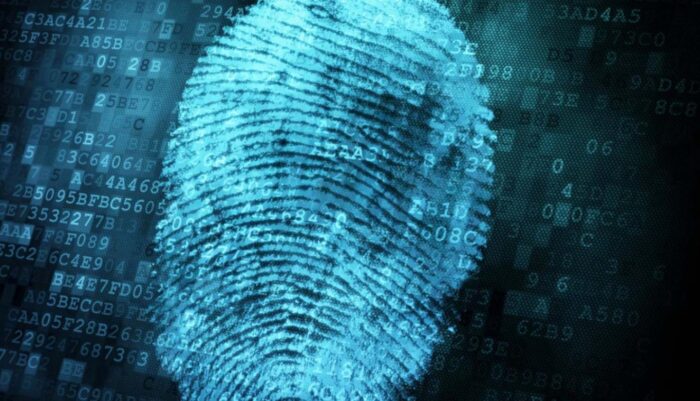
Forensic computer analysts bring a unique set of skills to the table that enables them to trace the intricate paths of cybercrime. At the core of these abilities is expert knowledge of computer systems and networks. This expertise allows them to understand potential vulnerabilities exploited by cybercriminals. It’s not just about knowing how systems are supposed to work; it’s also about recognizing when they’ve been manipulated.
Attention to detail is another critical skill; it’s often the smallest piece of data that cracks a case wide open. These professionals comb through mountains of data to identify anomalies that could signal malicious activity. Their ability to detect these irregularities can be the difference between solving a case and reaching a dead end.
In addition to technical prowess, forensic computer analysts need strong analytical and problem-solving skills. They must be able to think critically and creatively when under pressure, piecing together the digital puzzle. They frequently work with complex software for data recovery and analysis, which requires a continual learning mindset as software and tools evolve constantly.
The field also demands strong communication skills. Analysts often translate their technical findings into reports that law enforcement and court personnel can understand. They frequently serve as expert witnesses, where they must convey complex information in a digestible manner for juries and judges.
- Knowledge of computer systems and networks
- High attention to detail
- Analytical and problem-solving abilities
- Proficiency with data recovery and analysis software
- Effective communication skills
Investigating Digital Footprints: Methods and Tools
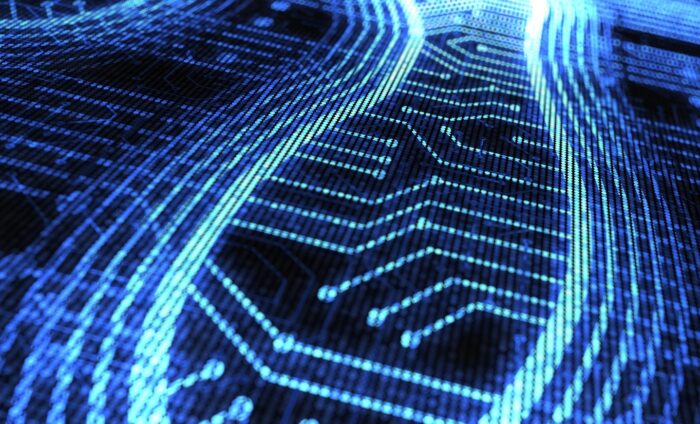
Forensic computer analysts are often likened to digital detectives, where every click, download, and keystroke can be a clue. They have a plethora of methods and tools at their disposal, each tailored to extract, analyze, and preserve evidence from various digital media. Key techniques include:
- Digital Imaging: Creating a sector-by-sector duplicate of the original storage device, preserving the digital crime scene
- Live Analysis: Examining systems in operation to find evidence that may not be present when devices are turned off
- Cross-Drive Analysis: Correlating information across multiple drives to detect patterns or anomalies indicative of illicit activity
To navigate this terrain, analysts employ a suite of sophisticated software and hardware tools designed for forensic investigation. These range from commercial solutions to open-source platforms, ensuring that they are equipped for any situation. Prominent tools they might use include:
- EnCase: A popular commercial tool that allows for in-depth examination of file structures and recovery of deleted data
- FTK: Forensic Toolkit, known for its aptitude in locating and piecing together complex data fragments
- Autopsy: An open-source tool that assists in managing cases and visualizing investigation progress
The capabilities of these tools extend beyond mere recovery; they allow for deep analysis and reporting, ensuring that findings are presentable and stand up to legal scrutiny. Also, with growing concerns over cybersecurity, analysts must stay current with technological advancements and continuously update their toolkits to tackle new challenges in cybercrime investigation.
Analytics in forensic computing not only focus on hindsight but also provide a forward-looking lens. Intelligence garnered from past breaches can fortify defenses, inform policy, and preempt future cyberattacks.
Analyzing Digital Evidence in Cybercrime Cases
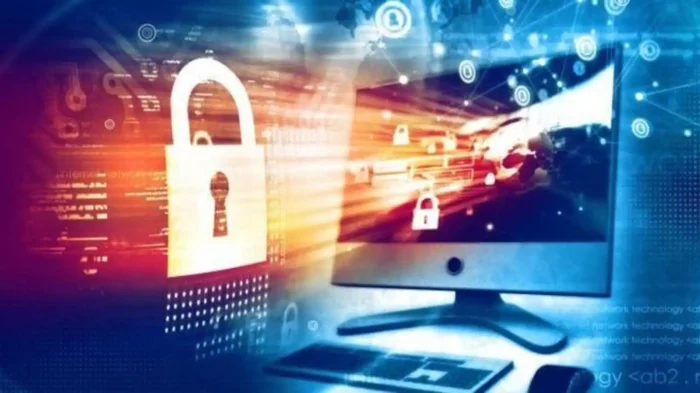
Analyzing digital evidence is a meticulous process that forensic computer analysts take seriously, given the complex nature of cybercrime. Their primary task is to establish a timeline of events that transpired on digital devices, which is vital in both solving crimes and prosecuting offenders. Digital forensics encompasses a variety of methods, each with its own set of protocols to ensure the integrity and admissibility of evidence.
Data carving is one such technique, particularly useful for uncovering deleted files. It involves searching for data remnants that are likely not referenced in the file system but may still exist on the storage medium. Forensic analysts employ specialized software that’s capable of piecing together these data fragments.
Additionally, experts pay close attention to metadata, which can reveal a wealth of information about a file, such as when it was created, last edited, and by whom. This information often sheds light on user intent and behavior.
Cryptanalysis is another critical aspect, especially when dealing with encrypted data. This involves the use of algorithms and decryption tools to access information that suspects might have sought to keep hidden. The escalation in the use of encryption has compelled forensic experts to adapt continually to new encryption methods.
Forensic computer analysts also implement network forensics, which involves monitoring and analyzing network traffic. This can include the interception of emails, messages, or any transfer of files, which may help in tracing the cybercrime back to its source.
- Digital Imaging
- Live Analysis
- Cross-Drive Analysis
- Data Carving
- Metadata Examination
- Cryptanalysis
- Network Forensics
Each method serves as an anchor in the intricate process of digital investigation, providing the means to uncover the truth behind digital footprints left by cybercriminals. The layers of digital evidence are unraveled by skilled analysts through these comprehensive techniques, leaving virtually no stone unturned in the pursuit of justice. With technological evolution pushing the boundaries of cybercrimes, the tools and methods of forensic computer analysts must evolve in tandem to keep pace with savvy criminals.
The Latest Trends in Cyber Threats and Forensic Analysis

Forensic computer analysts must constantly adapt to emerging cyber threats. Ransomware attacks and advanced persistent threats (APTs) have increased over recent years. These malicious activities demand forensic analysts to deploy more sophisticated techniques.
Analysts now frequently engage in Behavioral Analysis to track inconsistencies in system operations, often indicative of a compromise. They also employ Artificial Intelligence (AI) and Machine Learning (ML) to predict and detect unusual patterns, drastically improving the time it takes to respond to threats.
The integration of Cloud Services necessitates a shift in forensic methodologies. With data spread across multiple platforms and jurisdictions, analysts are recognizing the need for a more robust approach to data retrieval and analysis.
Some of the key focal areas in this ever-evolving landscape include:
- Threat Hunting: Analysts proactively search networks to detect and isolate advanced threats before they escalate.
- Incident Response: Enhanced training and simulation exercises ensure forensic teams are well-equipped to manage and mitigate incidents efficiently.
- Mobile Forensics: With an upsurge in mobile device usage, analysts are prioritizing the extraction and analysis of data from smartphones and tablets.
Staying ahead of cybercriminals requires analysts to have a mastery of cryptographic tracing techniques and an in-depth understanding of both the dark web and the psychology of hackers. As cyber threats grow more sophisticated, so too does the toolbox of the forensic computer analyst.
Conclusion
Forensic computer analysts stand as the vanguard against cybercriminals, wielding a dynamic arsenal of tools and techniques. They’re on the frontlines, expertly navigating the complex digital landscape with AI and ML at their side. As cyber threats evolve, so too does the role of these tech-savvy defenders. Their work in threat hunting, incident response, and mobile forensics is critical in maintaining digital security. With their deep understanding of hacker psychology and the dark web, they’re not just reacting to breaches—they’re preventing them. The future of cybersecurity relies on their ability to stay one step ahead, making their role indispensable in our increasingly connected world.

